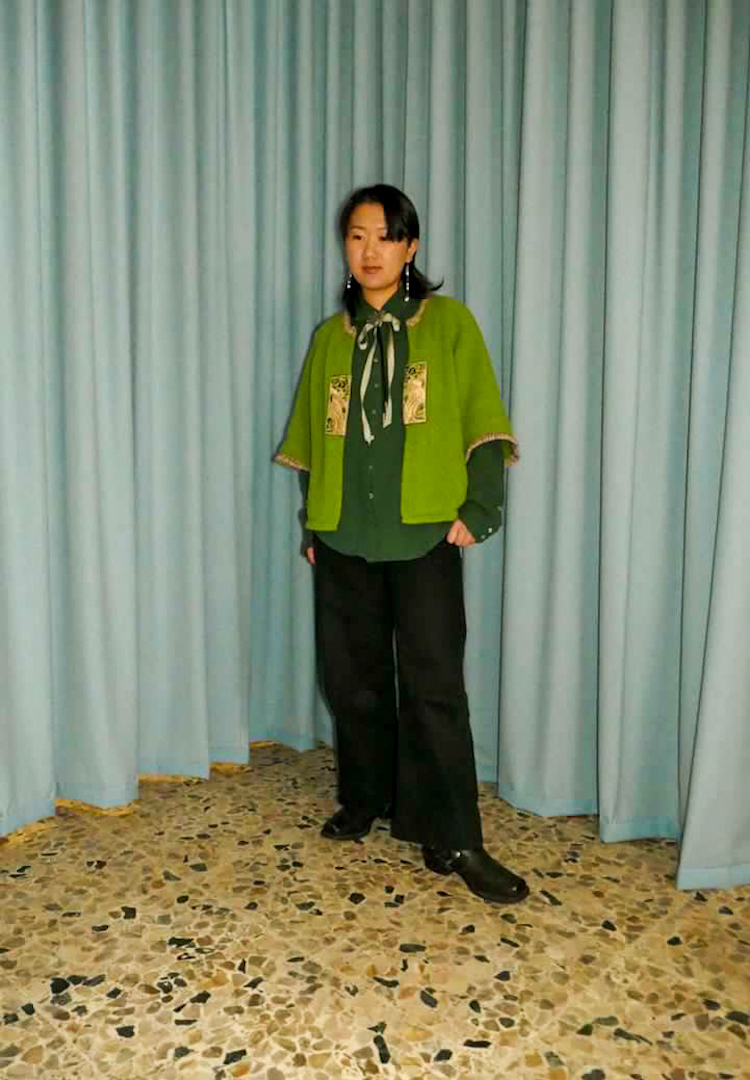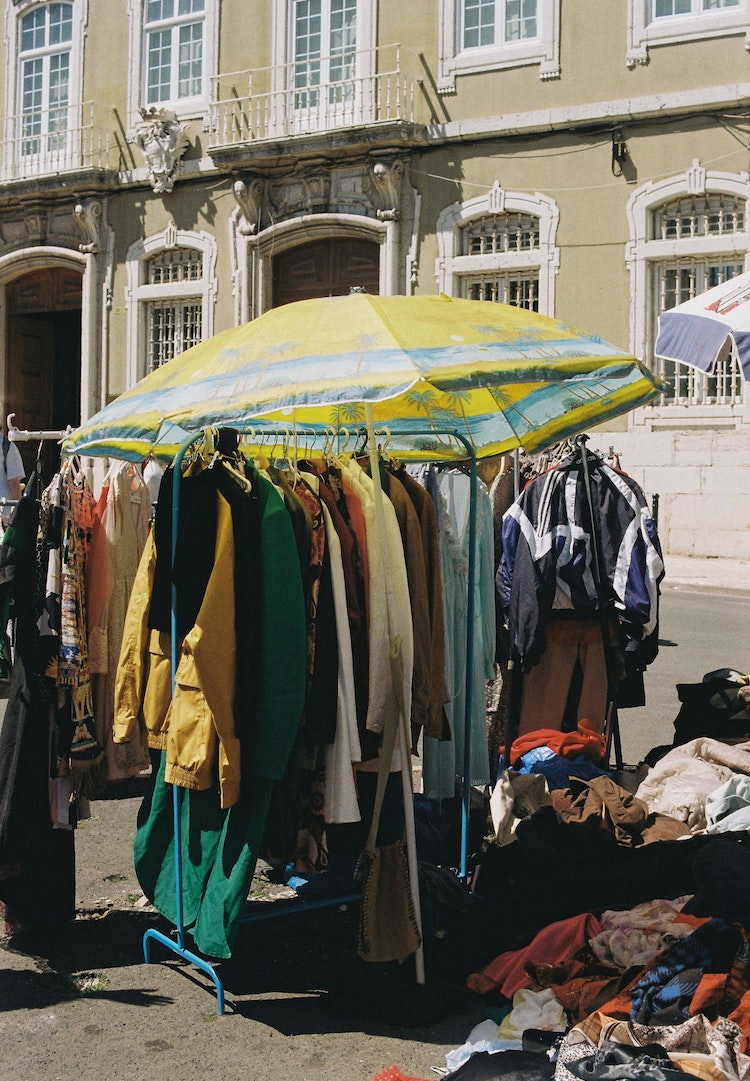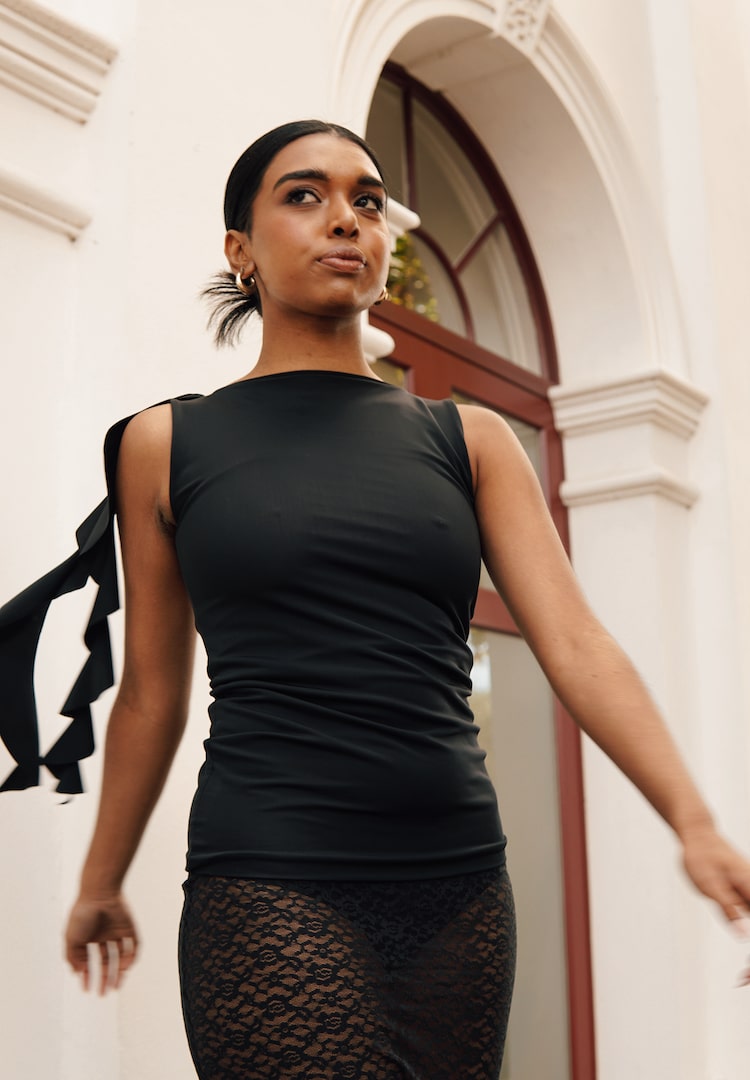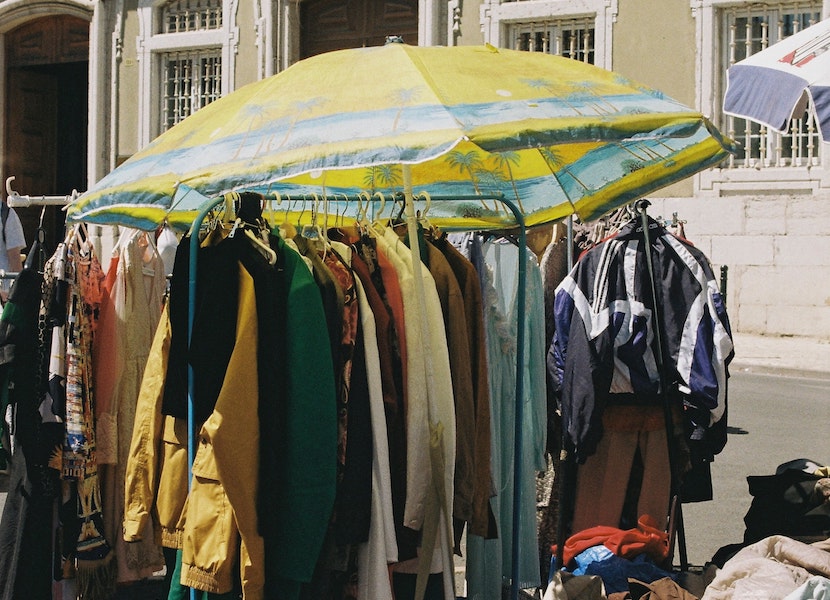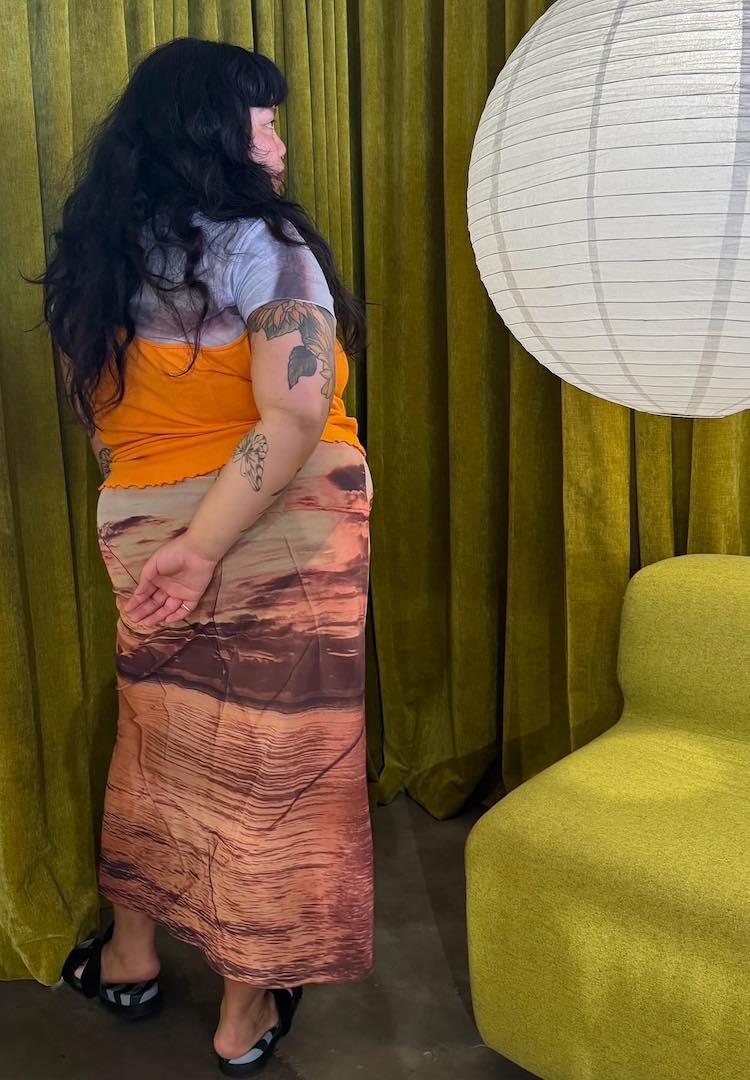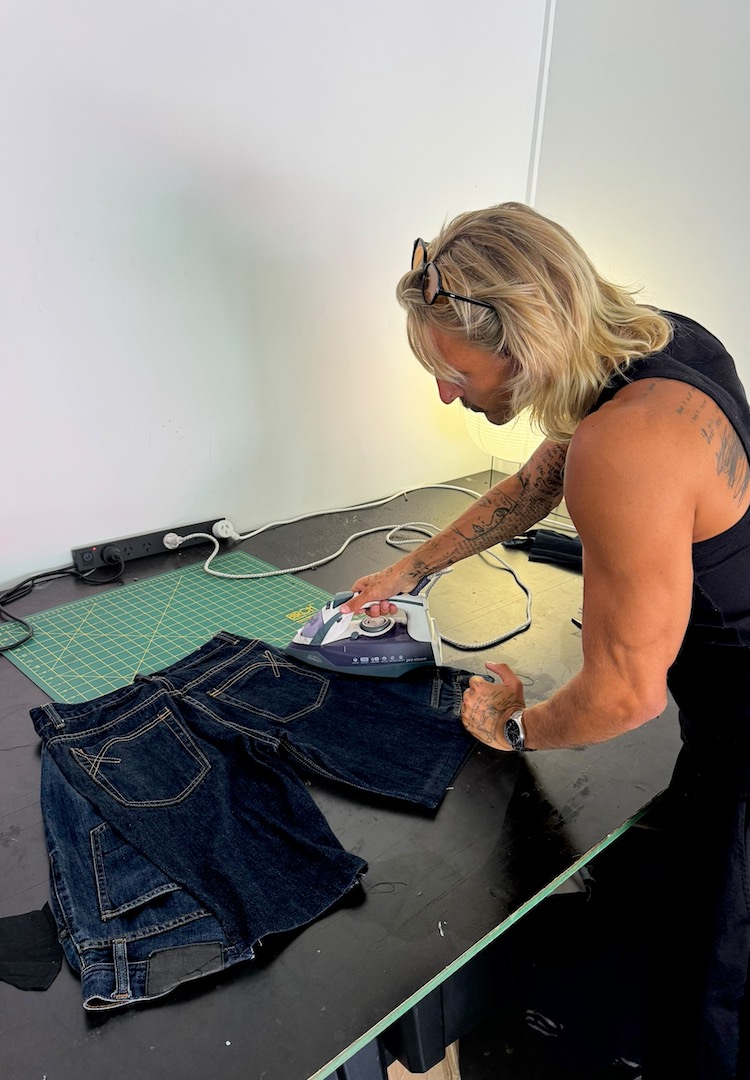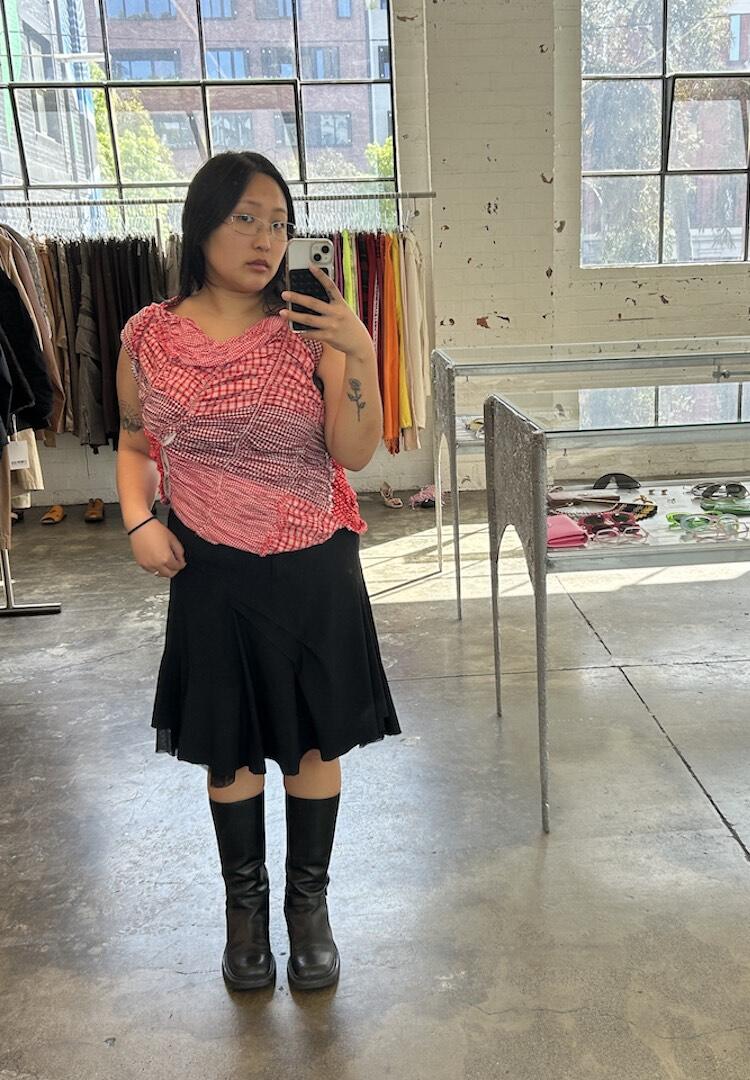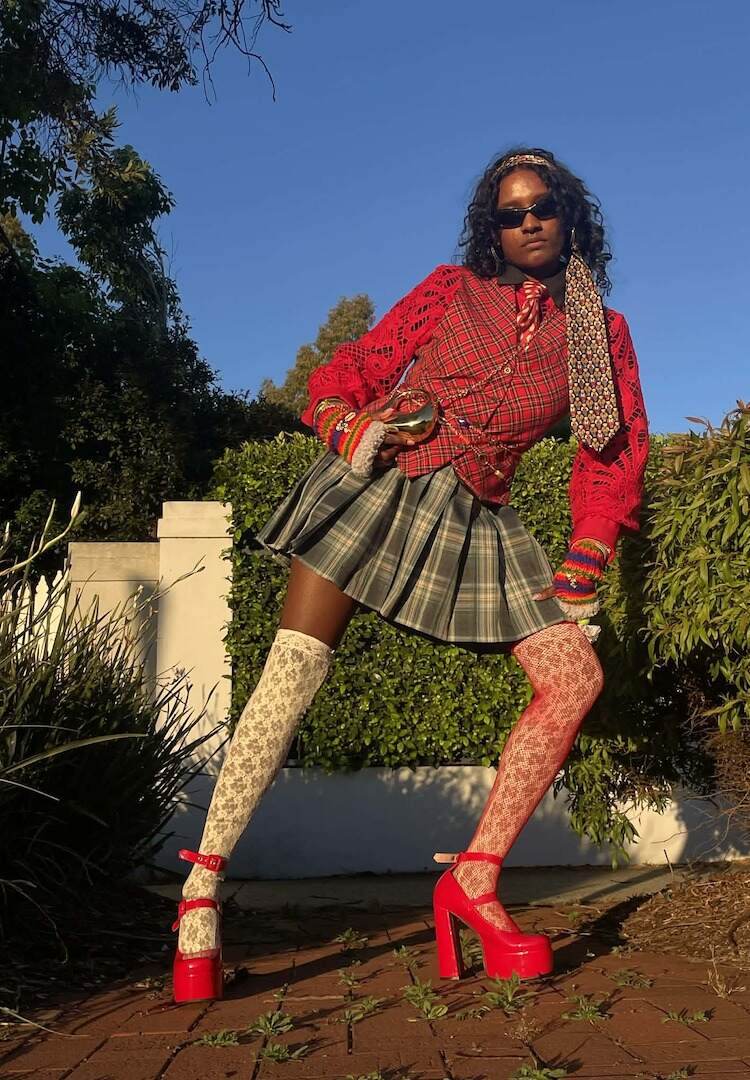“I’ve saved $10,000”: Why these Australian women aren’t buying new clothes this year
WORDS BY MAGGIE ZHOU
“It’s really freeing to say, ‘No, thank you, I can live without you’.”
For the better half of last year, Melbourne stylist Jenna Flood was trying to decide whether she wanted to commit herself to a year of not buying any new clothes. What locked in her choice to mandate a ‘wardrobe freeze’ was the realisation she spent $10,000 on clothes in 2022.
Jenna, who also works at the consignment store Mutual Muse, has been part of the slow fashion community for years. But the rude awakening of her spending made her rethink her membership. “It just got to the point where I was treating my slow fashion purchases like fast fashion,” she tells me, adding that she acquired around 130 new fashion pieces last year. “I was just buying and selling clothes on a really fast basis.”
For more fashion news, shoots, articles and features, head to our Fashion section.
Melbourne-based bush regeneration specialist and retail supervisor Shakya Lahrech decided to embark on her own no-buy challenge, with the caveat that secondhand clothes were allowed. “I’ve always held eco-conscious behaviours in other aspects of my life, but I had (surprisingly enough) never taken the time to consider the impacts of my personal shopping habits,” she says. After more slow fashion influencers filled up her Instagram feed and she gradually learned more about the impacts of fast fashion, Shakya decided to set herself the challenge as a New Year’s resolution.
View this post on Instagram
For Sydney-based content creator and project manager Catherina Jia, global fashion advocacy organisation Remake’s #NoClothes Challenge was the perfect test. The 90-day challenge, running from June to September, has helped her overcome her fear of outfit repeating. “This challenge serves as a reminder that I can look great and stay on trend without constantly consuming new clothes whether it be new, secondhand [or] vintage,” she says.
Financial behaviour expert Emma Edwards has also given up buying new clothes this year. The Melbourne-based podcaster and educator was led to take on the challenge mainly for its financial benefits. “I knew it was going to be a tight year financially and thought that cutting out clothing spending was an easy way to free up some cash,” Emma tells me.
Just over halfway through the year, these four women have held steadfast in their cause. They individually tell me it’s been extremely tough at times, but at the same time, particularly rewarding. “There are times when I get the craving to buy things, but I’m actually enjoying confronting that feeling,” Emma says. “[I] expose myself to things I like and prove to myself that the world doesn’t end if I don’t buy something.”
View this post on Instagram
Jenna echoes the exact same sentiment. Her day-to-day work sees her physically surrounded by clothes, making the no-buy commitment all the more strenuous. “There have been days where I want to buy everything… [But] it’s really freeing to say, ‘No, thank you, I can live without you’,” she says.
For Shakya, one silver lining has been the new avenues of shopping secondhand she’s discovered. “I’ve almost perfected my art of finding good deals on Depop and searching through op shops. My belief in a circular economy is stronger than ever after seeing what people give away!” she says. “I’ve discovered so many new secondhand markets, op shops and online marketplaces.”
The mere act of not doing something – not buying anything new, not entering clothing shops, not online shopping – has opened up the floodgates for doing more. When fashion limitations are put in place, it can offer up room for experimentation and creativity. Emma now has an album on her phone of outfits she’s worn she likes, making the dressing process even more streamlined. “I’ve also been learning a lot about the fabrics, shapes and styles that I’m reaching for most in my wardrobe. I want to use that data to make better decisions about the things I consume going forward,” she adds.
Shakya, separated from the temptation of microtrends, feels “more confident with experimenting with the clothes [she’s] had for years”. “Having a solid foundation of basics that you can build upon has also been extremely helpful. I no longer find myself saying I have nothing to wear.”
Instead of feeling trepidatious at the idea of having less, Jenna says it “excites” her. “It allows me to be really free with my wardrobe and try new outfit combinations. I’ve been dyeing stuff. I’m reworking one of my jackets. The only way I can get new clothing is to make it myself.”
View this post on Instagram
Even more simply, Jenna’s been wearing her tops differently. Whereas she used to religiously tucked in her tops to accentuate her figure, she’s recently been wearing her tops untucked. “It’s such a simple, small thing but [I thought], ‘I can actually wear this this way,’ and not just be restricted to wearing [something] one way.”
I didn’t expect to leave these conversations feeling as inspired as I was. Financial savings and environmental impact aside, taking a stand against fashion overconsumption can flow into other aspects of an individual’s life.
“It surprised me how peaceful it feels to just know that my decision [has been] made for me when it comes to clothes,” Emma says. “I don’t need to labour over whether I should or shouldn’t buy, whether I can afford it, and I don’t have that battle between knowing I ‘should’ save my money but wanting to treat myself.”
Peace is a recurring word when it comes to Emma’s experience. Even though shoes, accessories and cosmetics are excluded from her no-buy rule, she’s found she’s assigning less significance to material items. “I’m finding I’m putting way less meaning onto things (you know when you think that new skincare item is going to change your life). I’m able to sort of call out my own BS a bit more and make slower, more considered decisions.”
Not being able to claim any new clothes as her own, Jenna has found a whole new appreciation for clothing; the way she speaks about pieces has almost taken on a spiritual quality. “If [a clothing piece] is meant to be in my life, it will come back to me. I’ll find it again, either at work or in a secondhand shop; I’ll find it on Depop or eBay, or a friend will give it to me or I’ll buy it. It will come back to me if I need it.”
Looking for tips to help slow your fashion consumption? Try this.

